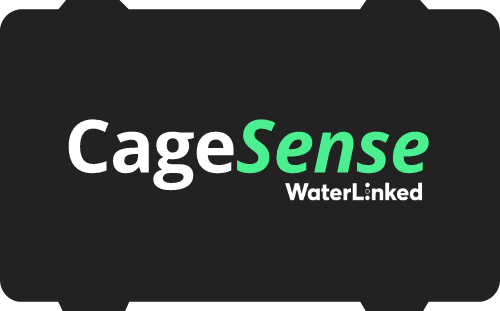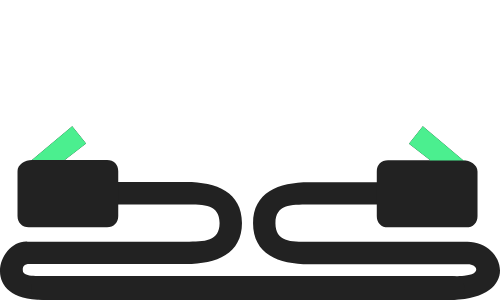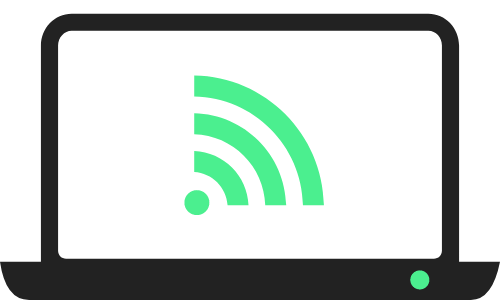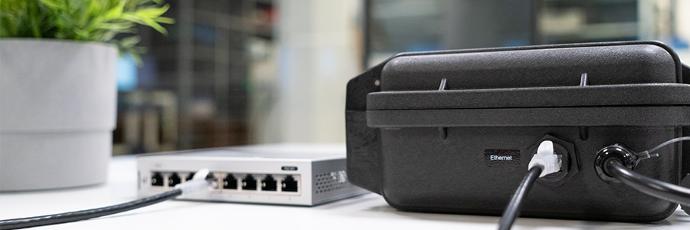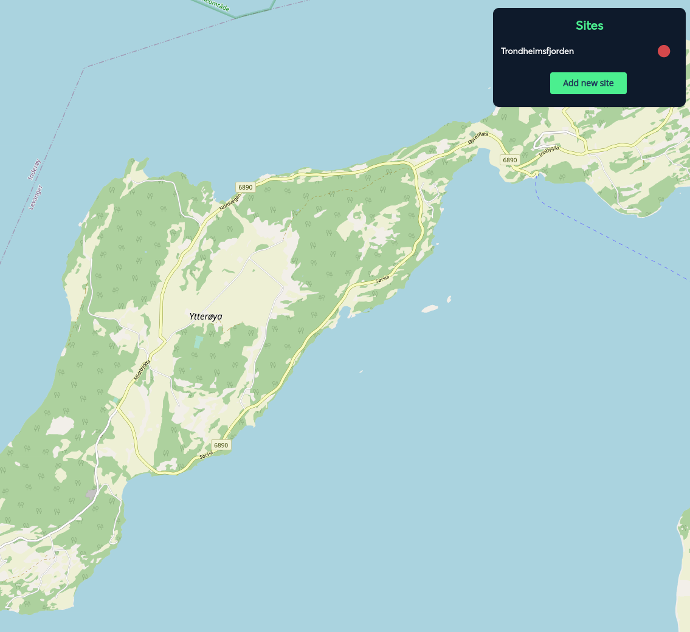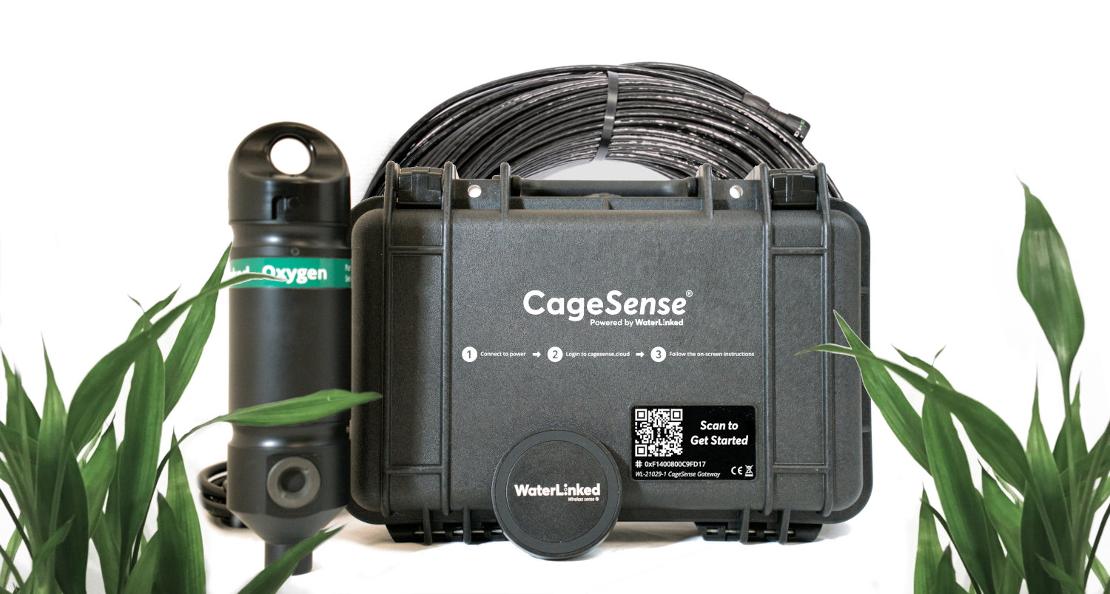CageSense does not connect with Topside
In order to set up the system, your Topside needs to "speak internet". If your facility or company has local network firewalls, you need to make sure that network traffic can pass through to cagesense.cloud. If you have a network administrator at your site, they can probably help.
Still no internet connection? Contact us at support@waterlinked.com and we will help you.
When will I see data transmitted by the sensors?
Data is transmitted from the sensors relatively quickly once they are in the water. However, the frequency may vary depending on how the sensors are configured for you. In the worst case, it can take a few hours.
If you still don't see data from the sensors, contact us at
support@waterlinked.com
and we will help you.
How do I add more sensors later?
1.Select cage
Logg inn på CageSense (
cagesense.cloud
) and select "My site" from the menu on the left-hand side.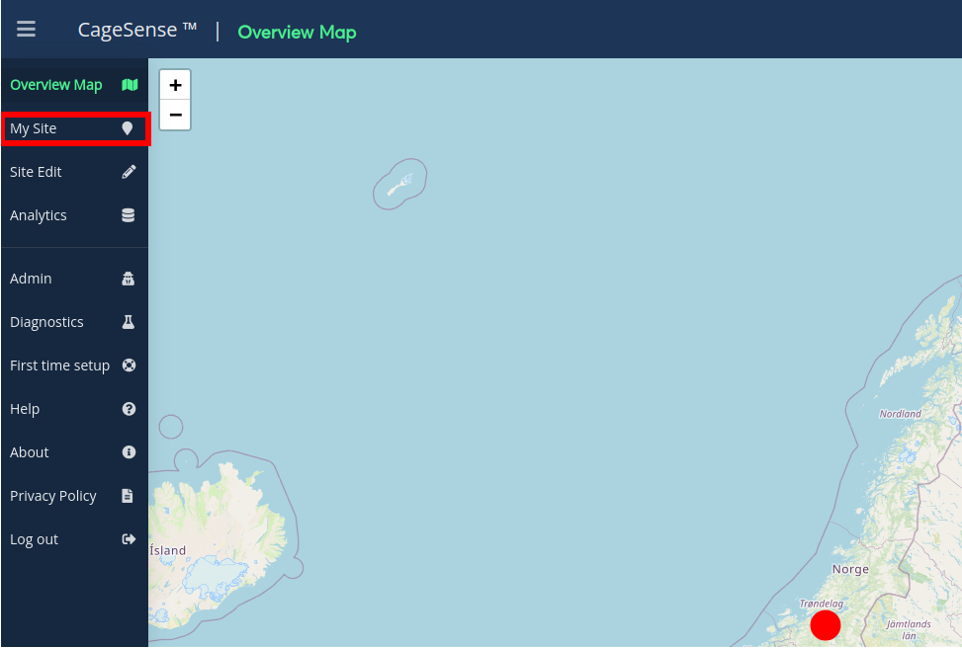
When your facility is displayed, tap the one to which you want to connect sensors.

2.Add sensor
In the overview that appears, select "Sensors" and then "Add sensor" at the very bottom of the list.
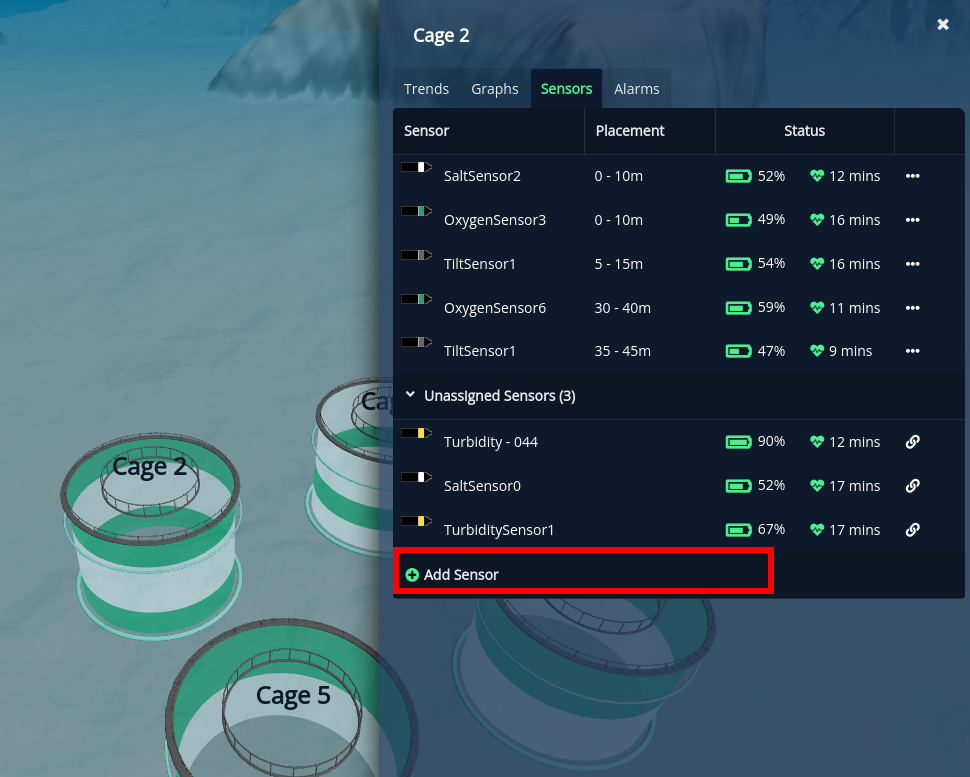
3. Enter the details
In the prompt that appears, enter the name of your sensor, the serial number, and select the type of sensor it is. Once done, press "Add".

4. Assign the sensor to a cage
In the list of "Unassigned Sensors" you will see the sensor you just added. Select the link icon at the far right of the sensor you added.
In the prompt that appears, select where in the cage you want it to be placed and press "Connect".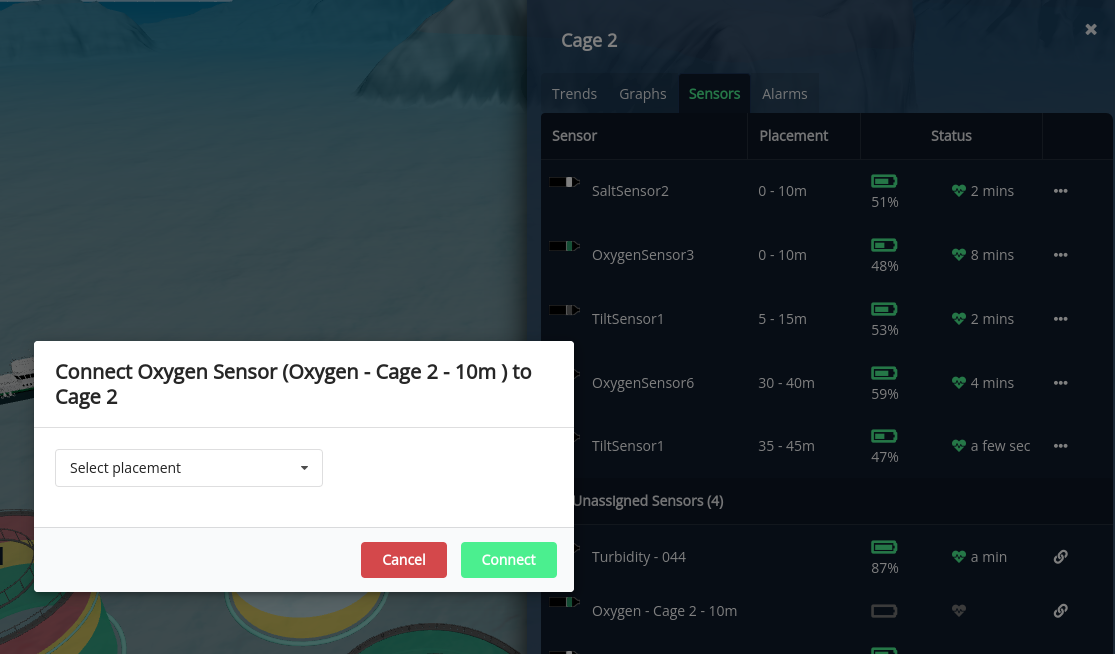
That's it! The sensor will now appear in the list of connected sensors and is ready to use!
